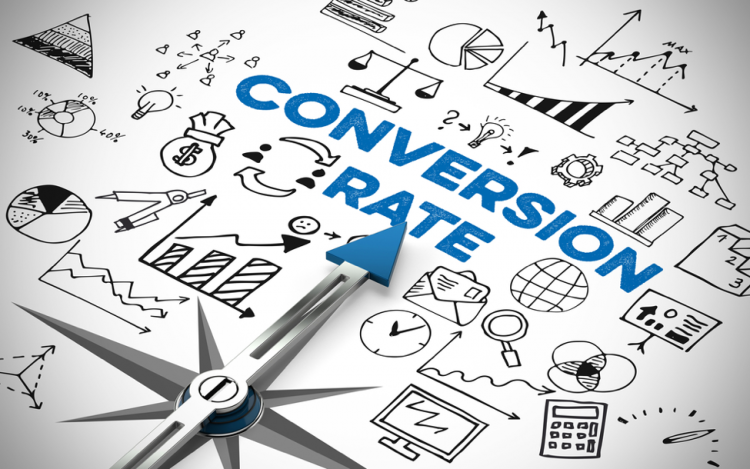“200% ROI”, would be music to anyone’s ears. It’s a goal that most marketers dream to achieve and entrepreneurs even more so.
Most people would generalise the results by saying, “They had a good marketing campaign or team behind them.” And that may be true. But what is more significant is the campaigns conversion success. And this couldn’t be more true than in the online space where business ventures that involve the sale of products, services and ad revenue rely on conversions to monetise their web platforms.
Simple changes in colours, text fonts and layouts could earn or lose web platforms thousands or millions of dollars. Despite the opportunity cost, many business owners still fail to prioritise conversion rate optimisation in their web marketing strategy.
In this article, I’ll share share my hot tips on for improving conversion rates.
1. Understand the Site’s Target Audience so That Designers Can Meet Their Expectations
It’s important that the people that are involved with the design process understand what the site’s users engage with and what they want to get out of their experience when visiting the website. Ideally, the designers can use data from heat maps and analytics tools, which will show how their sites users currently interact with the platform.
Unfortunately, most business owners get things wrong by skipping this step and instead of building the site to appeal to users and their customers, the site will appeal to internal stakeholders within the business.
2. Make It Easy for People to Contact the Business
It might seem obvious, but the easier it is for people to make an enquiry, the more likely they are to convert. Some ways to boost the site’s conversion includes:
- Placing call-to-action buttons on web pages that will prompt a pop-up for the user to submit their contact details.
- Using pop-up scroll boxes on the site to prompt the site’s users to submit their contact details.
- Placing the contact details of the business in the main upper fold of the web page.
- Using interstitials such as pop-up boxes or welcome mats to prompt people to submit their contact details.
3. Improve the Loading Time of the Website
Web users want to find the content that they are looking for quickly. By having your site load instantaneously, your site is likely to reduce its bounce rate and gain more conversions over the long-term.
Some of the design factors that need to be considered include:
- The size and loading friendliness of the web page theme.
- The size of any images, plugins or widgets being used in the theme.
- Any scripts that are running to display the web page.
- The server location (Is the website being served from a local or international server?)
- Has the loading sequence of the web page been configured?
4. Optimise the Website’s Typography
It’s not one of the first things that comes to mind, but the typography that is used on websites can have a profound impact on a site’s conversion rate. Adjusting the size, spacing and font style can improve engagement, which will further improve the site’s lead-generation and sales conversions.
5. Use Amazing Images That Captivate the Site’s Visitors
A picture tells a thousand words and adds to web users experience. The easiest way to accomplish this is by investing in high-resolution images that are relevant to the website’s content. There are free high-resolution images that can be used under a commercial creative commons license on Pixabay. Alternatively, images can be purchased from iStock or Shutterstock.
6. Provide Customised Designs That Will Allow the Site’s Users to Engage on Any Device
Web audiences engage with content on their desktop computers, laptops and mobile devices. It’s important that the site’s content renders correctly on each device. The site can customise their designs so that it is responsive to each device or configure it with a mobile app design.
7. Ensure That the Web Page Design Reinforces Proof!
Building trust is a key factor to improving a website’s conversion rate. The more proof that the web visitor sees, the less risk they will perceive. Web designers should incorporate testimonials and reviews within the design.
Conversion Rate Optimisation (CRO) is an important factor that should be at the core of any web design. Implementing the presented factors will improve visitor retention, engagement and the quality of conversions, whether it is in the form of sales or signups. Review your site’s conversion rate performance to see where you can make improvements today!
If you are interested in some further reading on improving conversions check out these previous Marketing.com.au posts:
